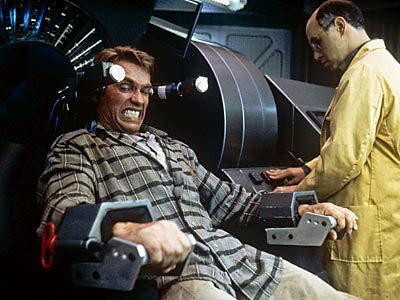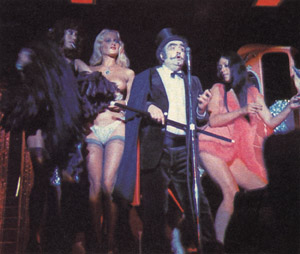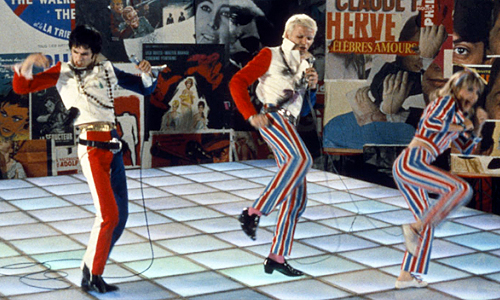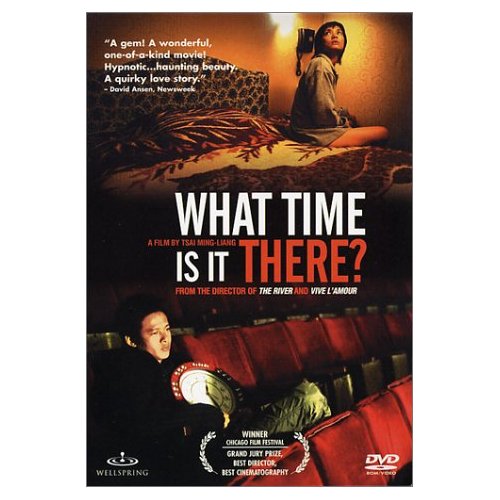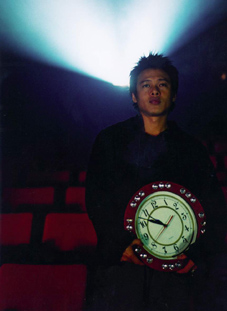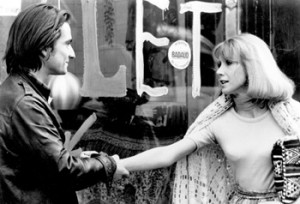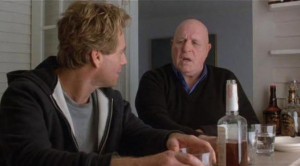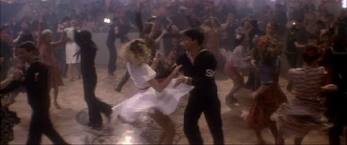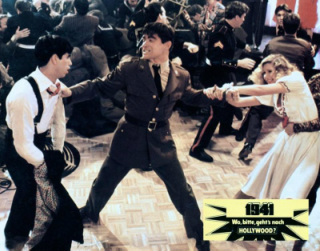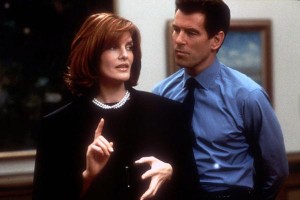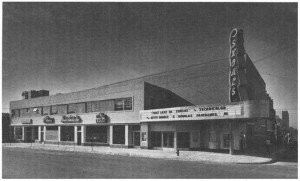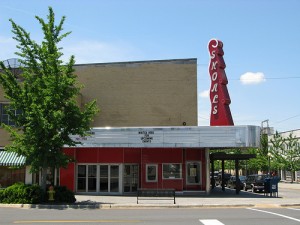From the Chicago Reader (June 8, 1990). — J.R.
TOTAL RECALL
*** (A must-see)
Directed by Paul Verhoeven
Written by Ronald Shusett, Dan O’Bannon, Jon Povill, and Gary Goldman
With Arnold Schwarzenegger, Rachel Ticotin, Sharon Stone, Ronny Cox, Michael Ironside, Mel Johnson Jr., and Marshall Bell.
The most influential SF movies of the past two decades are still very much with us, not only as landmarks but as continuing influences on newer release. 2001: A Space Odyssey (1968) gave us a whole slew of standbys, from the use of familiar brand names in outer space to a sense of visual design that, as critic Annette Michelson once put it, dissolved the very notion of the “special effect” as it was previously understood. In 1977 Star Wars popularized the notion of SF adventure as continuous action; and Close Encounters of the Third Kind the same year brought a certain pop religiosity (or perhaps one should say pseudoreligiosity) back to the genre, a combination of De Mille and Disney that sanctified Spielberg lighting as a means of bestowing halos on deserving characters, creatures, or locations.
Alien (1979) revitalized the claustrophobic horror-film dynamics of The Thing (1951), internalizing the monstrous and echoing David Cronenberg’s feature of 1975, They Came From Within. Read more

